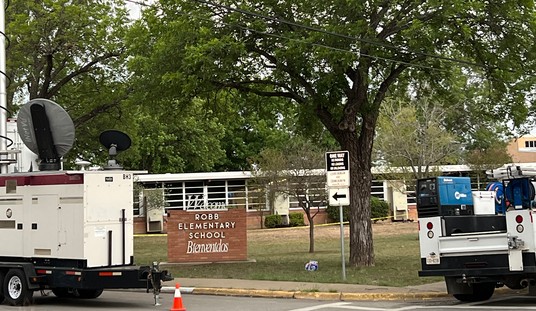It’s great to innovate for government reform, but that doesn’t make every innovation proposal a great idea. The new FY2019 White House budget envisions sharp cuts at a number of Cabinet departments, including a nearly 30% reduction at State, 17% at Transportation, and 16% at Agriculture. The problem with reductions at the USDA is the nature of spending there, which is mostly statutory safety-net spending rather than appropriated funds. In fact, the amount lopped off the USDA budget — $19.2 billion — represents 90% of all appropriated funds for Agriculture.
Instead, the budget proposes a significant change in the main USDA safety-net program, the Supplemental Nutrition Assistance Program (SNAP), known more colloquially as food stamps. The program distributes benefits electronically to accounts with debit cards, which can be used to pay for a restricted set of food. Rather than fund retail sales of common items, the White House proposes that half of the benefits should come in the form of goods bought at wholesale prices and distributed by the USDA.
Consider it a kind of Blue Apron service — but without the choice, and without fresh fruit or vegetables:
Under the proposal, which was announced Monday, low-income Americans who receive at least $90 a month — just over 80 percent of all SNAP recipients — would get about half of their benefits in the form of a “USDA Foods package.” The package was described in the budget as consisting of “shelf-stable milk, ready to eat cereals, pasta, peanut butter, beans and canned fruit and vegetables.” The boxes would not include fresh fruits or vegetables.
Currently, SNAP beneficiaries get money loaded onto an EBT card they can use to buy what they want as long as it falls under the guidelines. The administration says the move is a “cost-effective approach” with “no loss in food benefits to participants.”
The projected cost savings would indeed be significant:
The USDA believes that state governments will be able to deliver this food at much less cost than SNAP recipients currently pay for food at retail stores — thus reducing the overall cost of the SNAP program by $129 billion over the next 10 years.
This and other changes in the SNAP program, according to the Trump administration, will reduce the SNAP budget by $213 billion over those years — cutting the program by almost 30 percent.
This sounds like a good idea — in theory, anyway. And in principle, one can make an argument that the point of SNAP is to get food into people’s hands, not cash.
In practice, though, this sounds like a terrible idea, both pragmatically and politically. Should conservative government reform, I ask in my column at The Week, take the form of a single-payer food system?
However, the SNAP proposal raises troubling questions about the direction of governance and its intrusion into personal choice — and under single-party Republican governance, no less. Conservatives would never support government-run single-payer medical systems, for example, where a bureaucrat decided whether to grant access to care and what type. Why would conservatives cheer a single-payer food system in which bureaucrats choose what foods families can eat, and only from a government source?
The concerns over this proposal extend beyond the philosophical. The EBT system works in an adaptive and flexible manner because it allows people to shop when they need food. One has to suddenly believe in the infallibility of government services to ignore the risk of delivery failures from a government-run monopolized production service, an odd position for conservatives or Republicans to take. Taking away the food choices on these staples also risks delivering food that recipients can’t use, thanks to allergies or other intolerances, such as lactose or gluten.
The economic impact of this transfer to the government may also present another practical issue. If the government acquires 50 percent of SNAP purchases, that will remove around $50 billion a year that would otherwise go to local businesses from families in the program. The recipients would still have half of their benefits in cash, but the hit to those economies may result in fewer choices for SNAP consumers. Plus, the USDA could use its economic might to force lower prices from farmers than they get currently in order to keep downward pressure on costs, which is precisely how monopolies operate.
And, as farmers will tell you, that’s not going to help them stay in business. It’s tough enough for farmers, especially in smaller operations, to say solvent as it is.
Some will object to the single-payer comparison, arguing that safety-net programs are already single-payer in terms of funding. That’s true, but none of them lock recipients into closed systems for the use of benefits, not even partially. Medicare and Medicaid, for instance, rely on open networks of providers and patient choice. That is a far cry from restricting it to government-employed providers, such as the UK’s NHS, or for that matter the VA and Indian Health Service in the US.
Conservatives have fought against moving toward those models for care, and in the case of the VA, to force the government to allow for patient choice in providers. Why would we champion the opposite direction when it comes to the provision of food? If SNAP needs reform, let’s look at ways to accomplish it without making the government even more powerful in people’s lives than it already is.








Join the conversation as a VIP Member